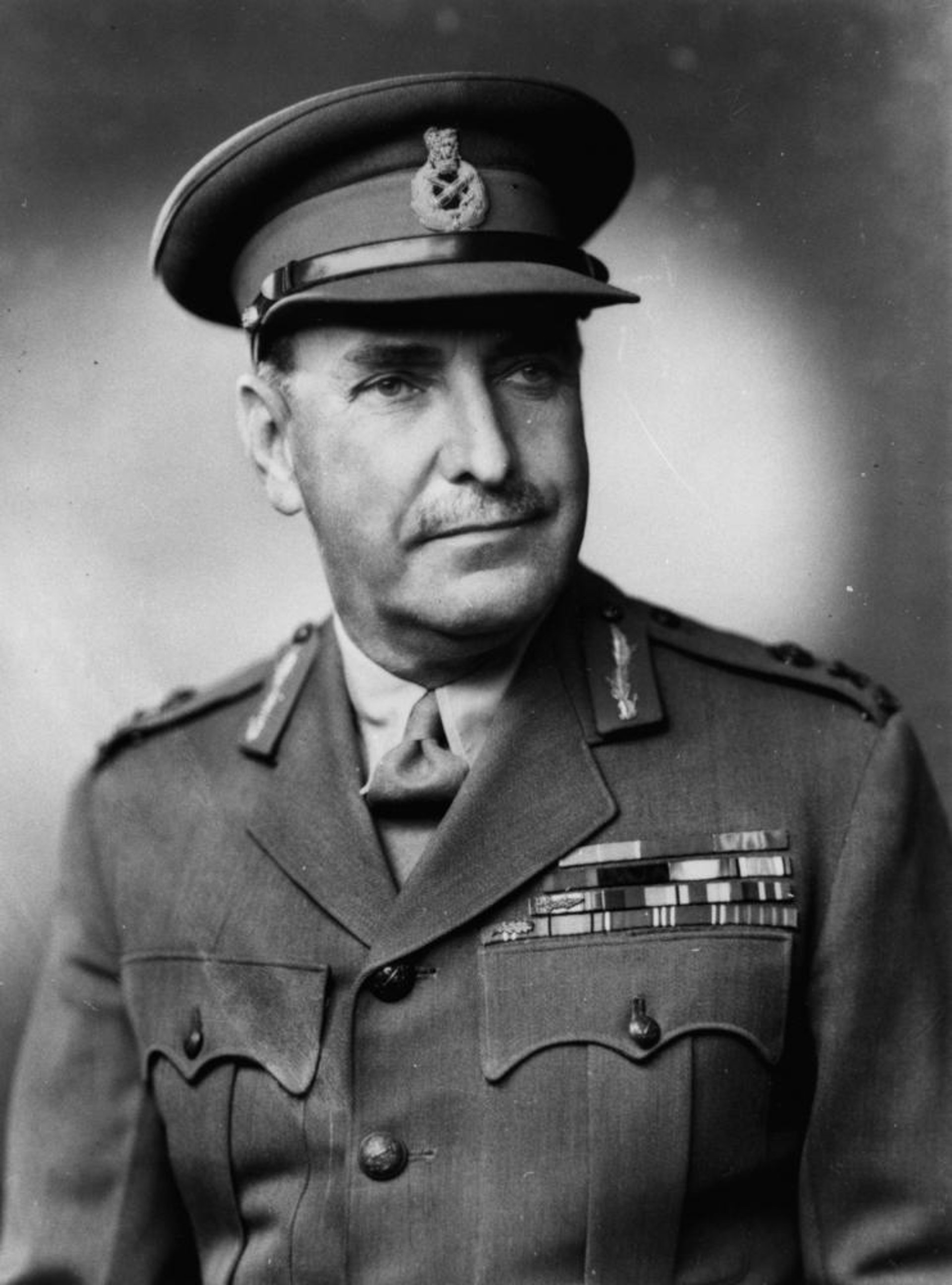
You didn’t come this far to stop
Political Maneuvering and Military Command -
The Selection of the GOC 6th Division AIF
Episode 12: Political Maneuvering and Military Command
The Selection of the GOC 6th Division AIFIn the intricate world of military leadership, the selection of key commanders is often influenced by a delicate balance of merit, experience, and political maneuvering. This was particularly evident in the case of the 6th Division of the Australian Imperial Force (AIF) during World War II. The decision to appoint the General Officer Commanding (GOC) was not merely a matter of military competence; it was heavily swayed by political influence. In this episode, we will explore how Major General John Lavarack, despite his impeccable qualifications, was sidelined in favor of Sir Thomas Blamey, whose political connections played a crucial role in his appointment. We will delve into the complexities of this selection process, examining the key figures involved, the political pressures at play, and the impact these decisions had on the Australian military during the early stages of the war.
WW2 HISTORYDESCENT INTO HELLIN THEIR FOOTSTEPS BLOG
Toursofwar.com
7/25/20245 min read
Political Influence Over Merit
How Politics Shaped the Selection Process
The selection of the General Officer Commanding (GOC) for the 6th Division of the Australian Imperial Force (AIF) was heavily influenced by political considerations rather than purely military merit. Major General John Lavarack, despite his impeccable professional qualifications and strong endorsement by the Military Board, lacked the crucial support of key political figures, including Prime Minister Robert Menzies, Treasurer Richard Casey, and Defence Secretary Frederick Shedden. These political leaders had already made up their minds, favoring Sir Thomas Blamey for the position.
Key Points:
Lavarack’s Credentials: Despite being highly qualified, Lavarack’s lack of political backing ultimately cost him the role.
Menzies' Influence: The Prime Minister's pre-existing decision, driven by personal and political connections, overrode the Military Board's recommendation.
Major General
John Lavarack (53)
Lavarack was known for his strategic insights and had held several important command positions within the Australian Army. His emphasis on training and preparedness made him a respected figure among his peers.
Experience
Key Benefits to Selection
Training Focus: Lavarack’s commitment to thorough training ensured that his troops were well-prepared for the challenges they would face in battle.
Strategic Acumen: His deep understanding of military strategy and his forward-thinking approach made him a strong contender for command, particularly in a rapidly evolving conflict like World War II.


Did You Know? Political Influence in Military Appointments


Did you know that the influence of political connections in military appointments was not unique to Australia? Many countries during World War II saw political considerations playing a significant role in the selection of military leaders, often affecting their effectiveness and the overall strategy.
The Official Decision and Its Implications
On September 28, 1939, Sir Thomas Blamey was officially appointed as the GOC of the 6th Division, while Lavarack was assigned to Southern Command. This decision not only reflected Blamey’s seniority but also set the stage for his expanded role. By February 28, 1940, the War Cabinet decided to raise the 7th Division AIF, expanding Blamey’s role to that of Corps Commander. This expansion involved appointing divisional commanders for both the 6th and 7th Divisions.
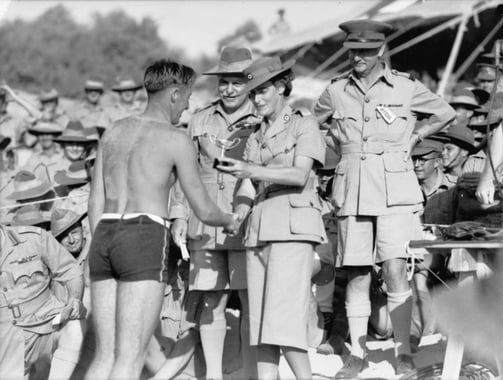

Blamey’s Appointment
Key Points:
Blamey’s Expanded Role: Blamey’s command was expanded to include the 7th Division, highlighting his strategic importance.
Lavarack’s Position: Lavarack’s role was diminished despite his initial nomination, illustrating the impact of political decisions on military appointments.
Bennett’s Frustration
Major General Gordon Bennett’s journey to a divisional command was fraught with challenges. Initially overlooked, Bennett faced intense scrutiny despite his qualifications and strong endorsements from Major General Vernon Sturdee. Sturdee’s assessment highlighted Bennett’s leadership and training capabilities, yet the Military Board’s reluctance to appoint him was evident.
Key Points:
Bennett’s Qualifications: Bennett was praised for his leadership and ability to train senior commanders, yet faced delays.
Scrutiny and Delay: The Military Board’s scrutiny of Bennett’s qualifications reflected deeper issues within the appointment process.
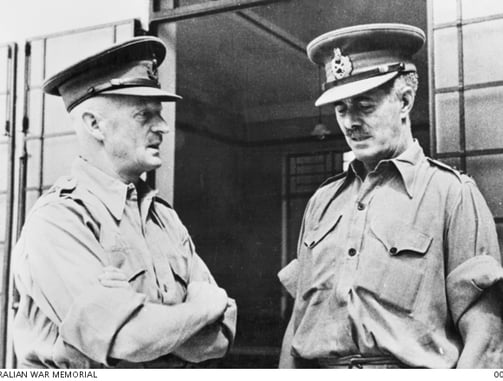

A Commander’s Journey to Vindication
Did You Know? Bennett’s Civilian Achievements


Did you know that Major General Bennett was highly regarded for his work as a City Council Commissioner in Sydney from 1928 to 1930? His work in cleaning up the city’s affairs was considered outstanding, demonstrating his strong organizational skills and commitment to public service.
Major General Vernon Sturdee’s endorsement of Bennett was detailed and positive. He praised Bennett for his leadership, organizational skills, and dedication to staying updated with modern military techniques. Despite this strong support, Bennett’s public criticisms and confrontational style contributed to the board’s reluctance to promote him.
Key Points:
Sturdee’s Praise: Sturdee’s endorsement highlighted Bennett’s capabilities, yet it was not sufficient to overcome political resistance.
Criticism Impact: Bennett’s criticism of the army’s leadership and his confrontational style affected his promotion prospects.
The Role of Sturdee’s Endorsement
A Glowing Review and Its Limited Impact


On May 2, 1940, after extensive deliberation, the Military Board recommended Bennett for the 2nd Division command. However, the recommendation was met with further scrutiny, leading to an eventual withdrawal of the recommendation on June 6, 1940. This delay revealed the deep-seated reluctance to appoint Bennett despite his qualifications.
Key Points:
Intense Scrutiny: Bennett faced additional scrutiny even after the board’s initial recommendation, reflecting internal conflicts.
Final Appointment: Bennett’s eventual appointment was a result of exhaustive evaluation, revealing the complex dynamics of military promotions.
The Final Decision
Last-Minute Changes and Bennett’s Appointment
Conclusion
Blamey’s Command and the Path Forward
The appointment of Sir Thomas Blamey as the GOC of the 6th Division was influenced more by political connections than by merit. This decision set the stage for significant developments in the Australian military during World War II. In the next episode, we will delve into Blamey’s command decisions and their impact on the 6th Division, examining how these choices shaped the division’s role in the war and affected Australia’s broader military strategy.
How You Can Help
Donations and Sponsorships: We are seeking corporate sponsorships and donations to fund ongoing restoration projects and educational programs. Your support can make a significant difference in maintaining the quality and impact of the museum.
Volunteer Opportunities: If you have expertise or time to offer, consider volunteering with us. There are many ways to get involved, from artifact restoration to educational outreach.
Spreading the Word: Share this blog and our mission with your network. The more people who know about the JEATH War Museum and its significance, the greater the impact we can achieve together.
The St Andrews Research Team is dedicated to preserving the legacy of the Thai-Burma Railway and the memories of those who suffered. We need your support to continue our work. There are several ways you can help:
Join the Cause!
If you or someone you know is interested in supporting this cause, please get in touch.
This is a chance to be part of something truly meaningful and impactful.
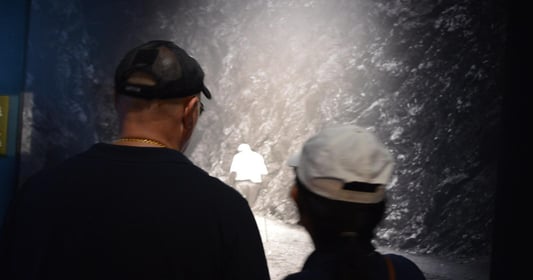

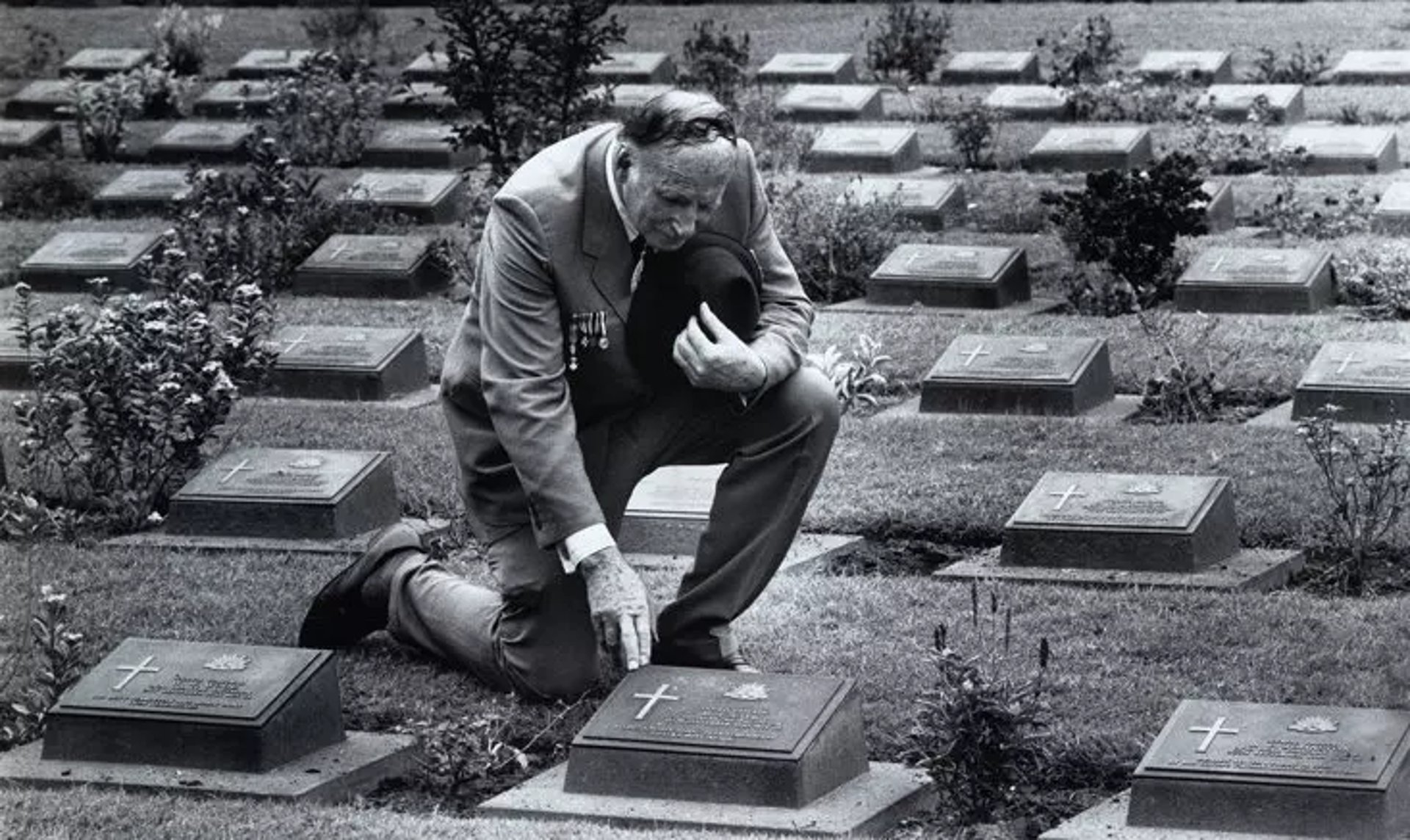
Together, We Can Make a Difference!
This is a veteran-run project, and we need your help to make it happen. Stand with us in honoring the legacy of the POWs and ensuring their stories are never forgotten.
